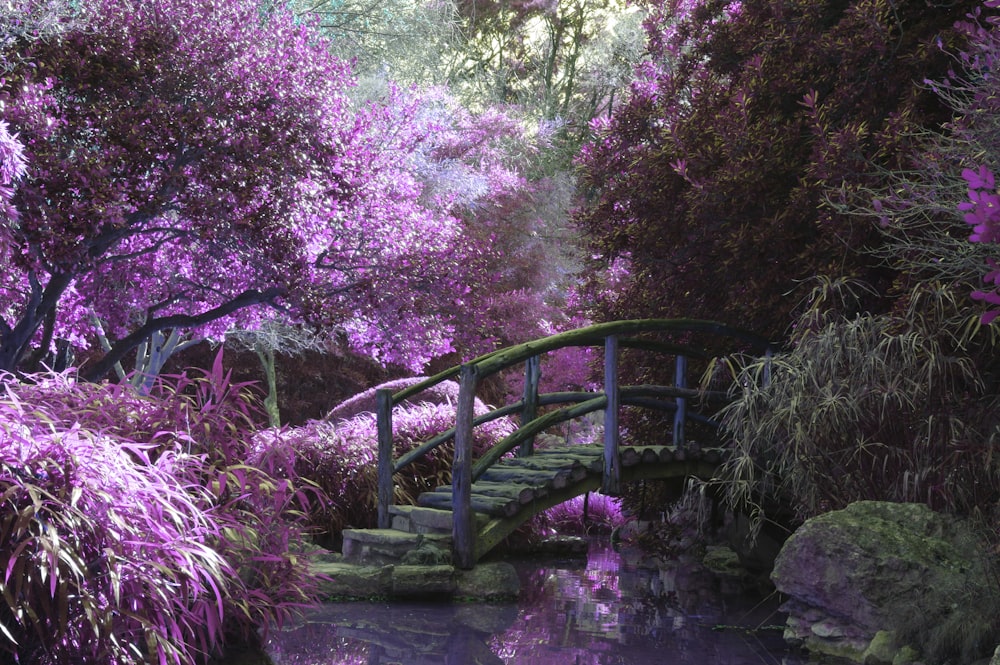Introduction: In the realm of gardening, there's something inherently comforting about the rustic charm of raised garden beds. These timeless...
Plants
Indoor Greenery: Bringing Life into Your Home Exploring the World of Large Indoor Plants In the hustle and bustle of...
Unleash the Potential of Lowes Lawn and Garden Embrace the Beauty of Nature In a world dominated by concrete jungles...
Some homes have juniper landscaping that is just incredible to look at. When you are designing your own landscape, a...
Once upon a time, the rose was kept separate from the rest of the garden. It is conventional wisdom that...







